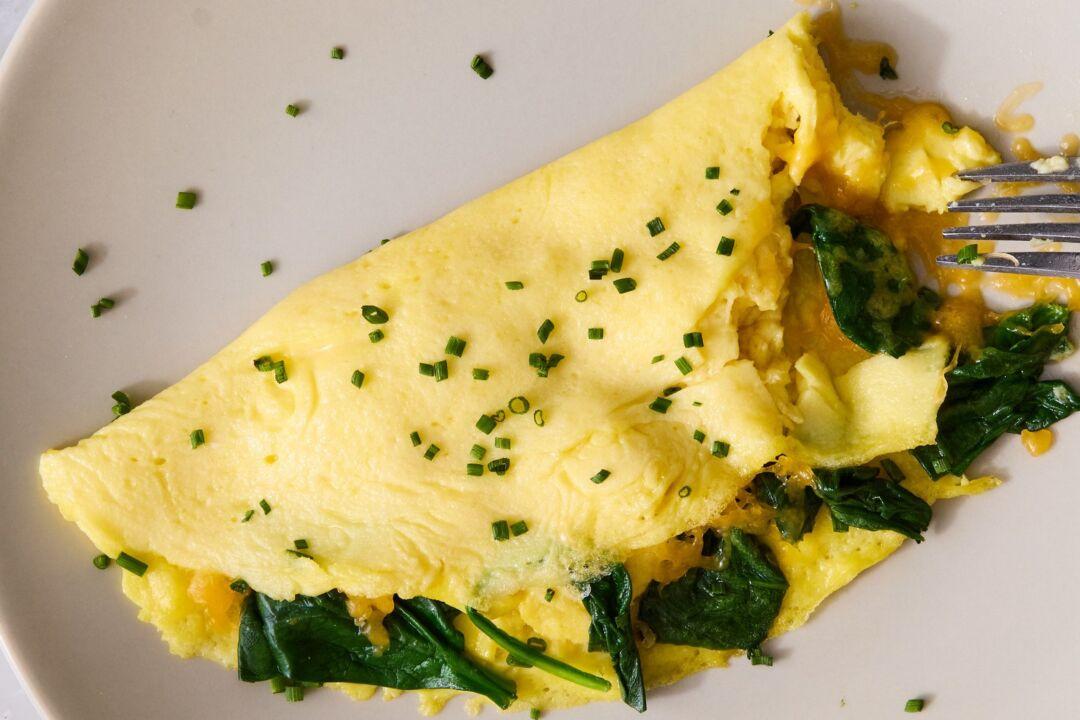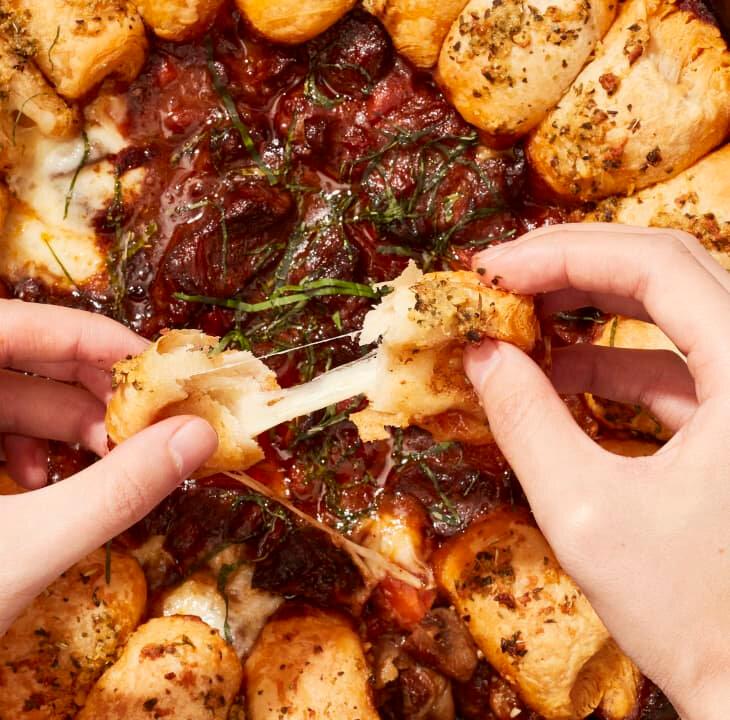There are many amazing breakfast recipes out there, but nothing can get me out of bed on a lazy weekend like an omelet stuffed with melty cheese and herbs. This classic dish is so easy that it can be made before you’ve even had your first cup of coffee (omelets also make an ideal breakfast-for-dinner!).
Plus, omelets go great with side dishes like sheet-pan home fries, a fresh berry fruit salad, and, of course, crisp, oven-cooked bacon. Before you run to get that carton of eggs, here are a few tips for omelet perfection.




